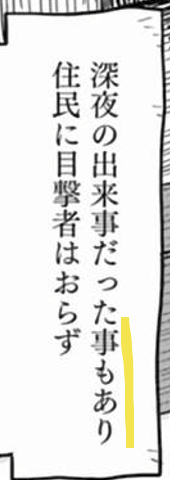Not sure if this is already covered elsewhere in which case I apologise but I think there’s a potential further use of に堪えない that is not on bunpro, that which is found in TRY! N1 number 69: “expresses a feeling that is extremely~”.
Actually on the bunpro に堪えない grammar page it is written that
In this meaning, に堪えない will be used following verbs. This is in contrast to the に堪えない grammar point that follows nouns, and means ‘to be very (A)’,<
but the latter isn’t provided as separate grammar point or included in the 例文


